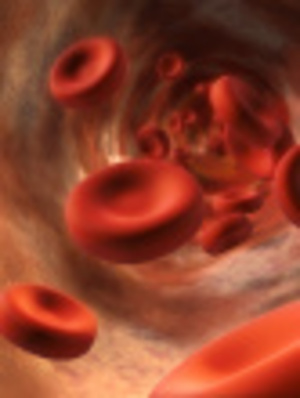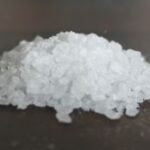Osmoregulation is defined as the ability of the body to control the levels of water, salts and other ions found within the cells of the blood and body. This mechanism is critical to the body’s ability to maintain homeostasis; a state of inner balance.
What is homeostasis and how does it relate to osmoregulation?
Homeostasis is the ability of the body to maintain and regulate internal conditions, keeping them near a fixed or set point. Homeostasis is critical to ensuring the proper functioning of the body. If internal conditions stray too far from the set point of normalcy, this could result in severe damage to the body, or even death. The body must be able to keep itself near this set point, or its ability to sustain its own life functions may cease. Osmoregulation is just one set of factors that affects the body’s ability to maintain homeostasis.
Where does osmoregulation occur within the body?
Typically, most of the tissues in the body do not gain or lose water through osmosis, however, the brain and kidneys are well known for their active role in osmoregulation. Most tissues do not gain or lose water through osmosis. This is due to the fact that the concentrations of water, salt and other ions are usually the same within the cell, as they are exterior to the cell.The osmotic strength of the blood depends greatly upon the levels of glucose and salt contained within the cells, as well as the amount of water present.
How does osmoregulation occur within the body?
There are two common ways the body engages in osmoregulation; dehydration and waterlogging.
Dehydration
When the hypothalamus is signaled that water levels within the blood are too low, the hypothalamus will then signal the pituitary gland to secrete a hormone known as ADH (anti-diuretic hormone). ADH then acts on the kidneys, causing them to reabsorb water. The higher the levels of ADH in the body, the more water the kidneys will attempt to reabsorb. These affects can be physically observed when a dehydrated person passes urine that is very darkly colored and concentrated. This concentration is due to the kidneys continually attempting to reabsorb water. The pituitary gland will lower its production of ADH when the body senses a change from the set point and triggers mechanisms to correct it (negative feedback).
Waterlogging
When the hypothalamus is signaled that water levels within the blood are too high, the hypothalamus will then signal the pituitary gland to stop secreting ADH and the kidneys will stop reabsorbing water. If the body becomes too waterlogged, the cells within the body could swell or burst.Once the blood concentration begins to rise, the hypothalamus will trigger the pituitary gland to begin producing ADH once again through negative feedback mechanism.
What is an example of osmoregulation?
Alcohol is a diuretic, meaning it has the opposite affect of ADH. Alcohol, when consumed in larger amounts, will cause an individual to produce a great deal of urine thus causing the blood to become very concentrated, as a hypertonic solution. The person then experiences a “hangover,” due the the concentrated blood traveling throughout the body and through the brain. A “hangover” can be avoided by drinking plenty of water while drinking alcohol in order to keep bodily fluids in an isotonic state, and promote healthy osmoregulation.
References
Cain, Michael L., Carol Kaesuk Yoon, and Anu Cundy. Discover biology . 4th ed. New York: W.W. Norton & Co., 2009. Print.
Osmoregulation
What is Osmoregulation?
Osmoregulation and Excretion




